Stories featured in

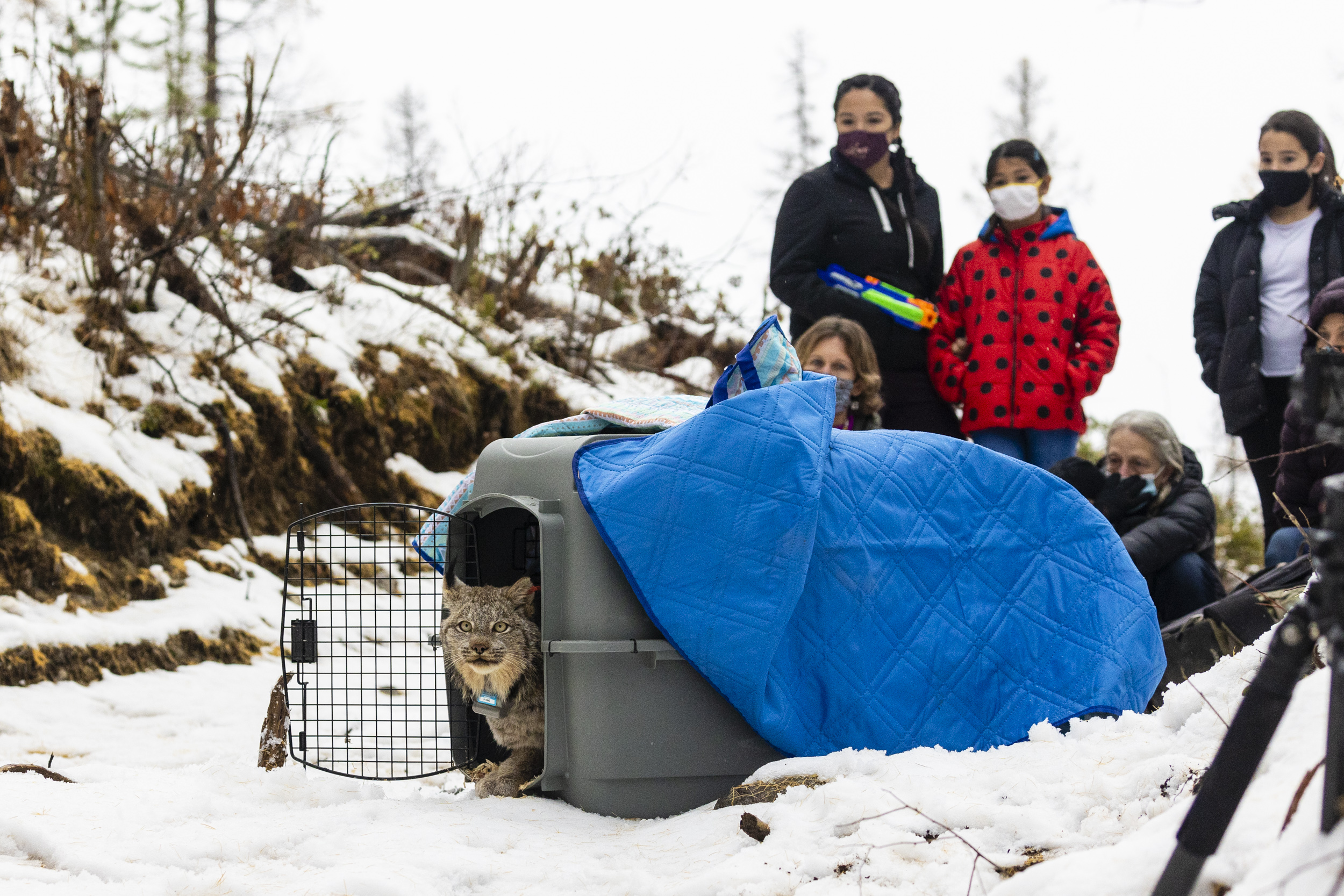
Welcoming Relatives Home: The Return of the Lynx
The Kettle Mountain Range runs north-south along the eastern flank of the Colville Reservation and north into the Tribes’ ancestral territory in Colville National Forest. Lynx are known to live in the Kettle Mountains, but in very low numbers, and likely only as transients. The species is listed as endangered in the state of Washington andREAD MORE
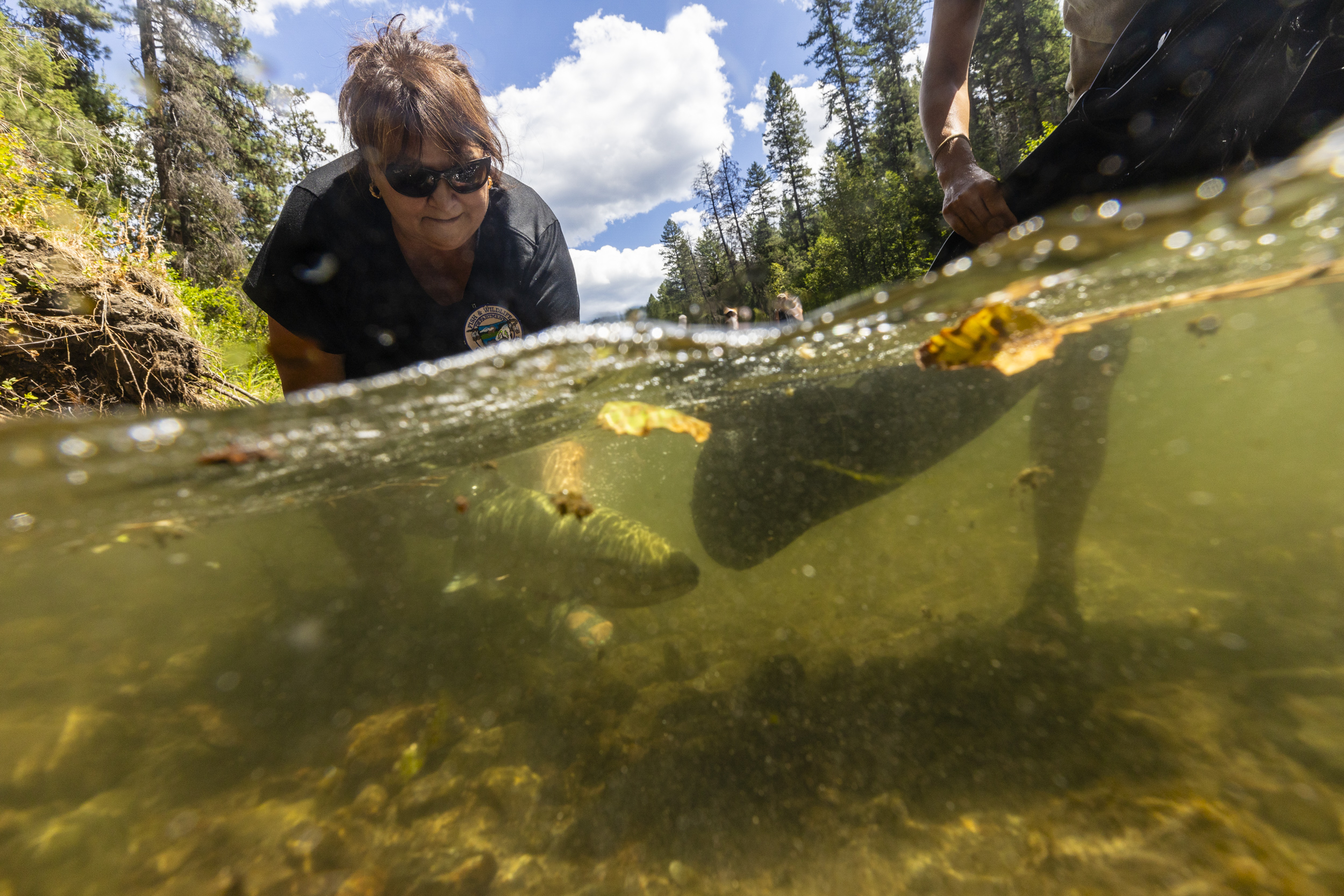
Welcoming Relatives Home: A Ceremony for Salmon
Richard Whitney was raised on the Colville Reservation in north central Washington, and was always in the woods, cutting firewood, hunting, fishing, or just being “out there, on the rez,” especially with his father and uncle. “It’s always been an important part of my life. I feel like I belong in nature,” he says. This senseREAD MORE
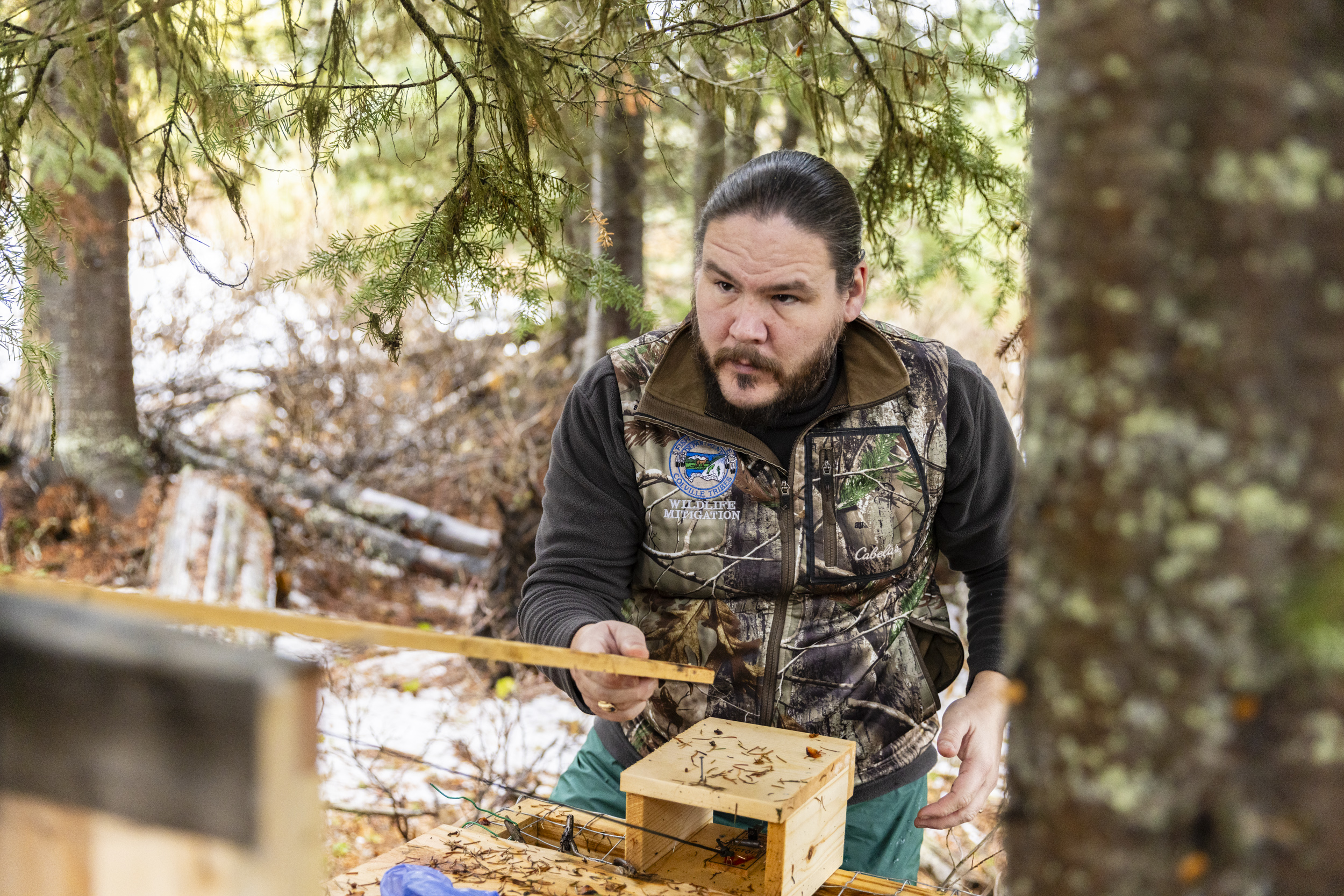
Welcoming Relatives Home: Bringing Back the Bighorn
From our vantage point in a motorboat on the reservoir known as Franklin D. Roosevelt Lake in eastern Washington, we scan the rocky canyon walls of the Colville Confederated Tribes’ Hellgate game reserve for bighorn sheep. Before it was a reservoir, manufactured by the United States government’s Grand Coulee Dam, this was once a mighty, salmon-richREAD MORE

Swimmable Cities Are a Climate Solution
As recently as the 1940s, New Yorkers swam in floating pools in the Hudson and East Rivers. A safer alternative to swimming directly in the river, the municipal baths kept residents cool in hot summer months until they were closed over sanitation concerns. Now, as the city contends with life-threatening heat, can New Yorkers once againREAD MORE
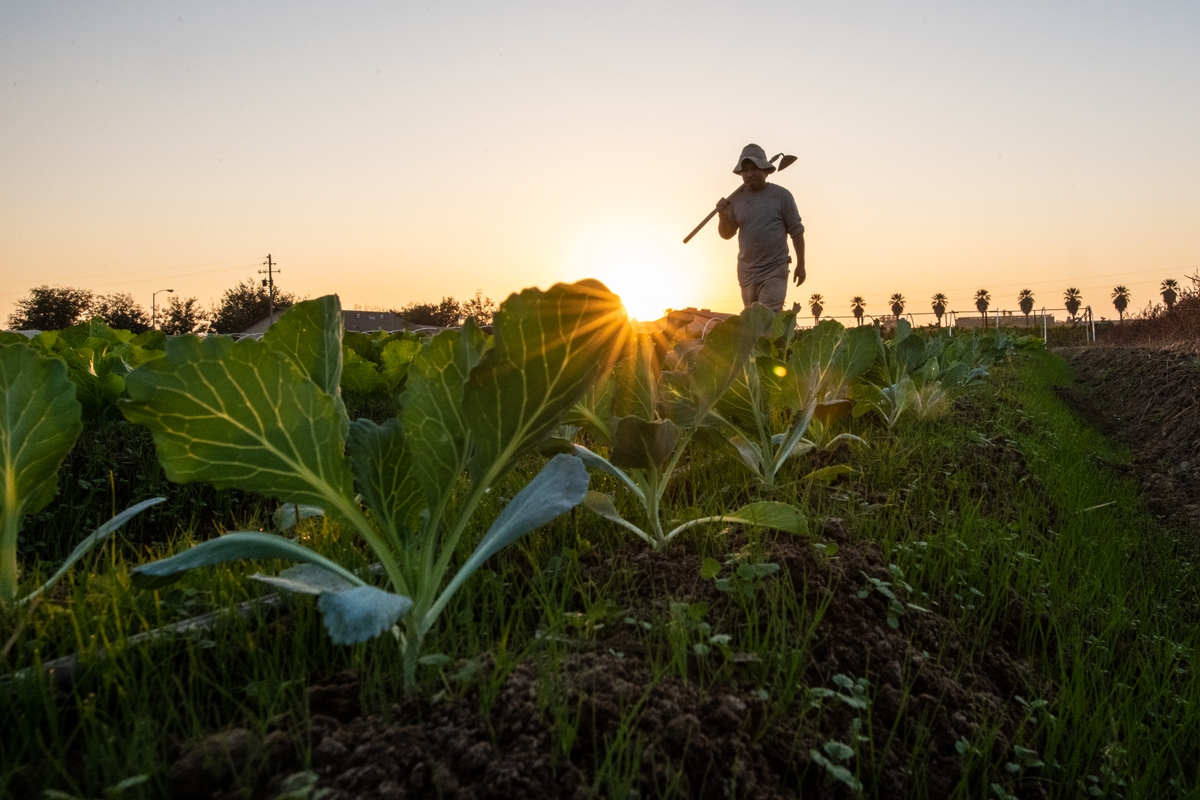
Climate Change Is Upending Farmers’ Livelihoods — and Exacerbating a Mental Health Crisis
When Mike Rosmann, an Iowa farmer and psychologist, heard his phone ring on a spring morning in 2019, he knew he had to answer. In the previous four months, his state had experienced the wettest period in its recorded history; farmers in the region were in crisis. A week earlier, one of Rosmann’s patients had lostREAD MORE
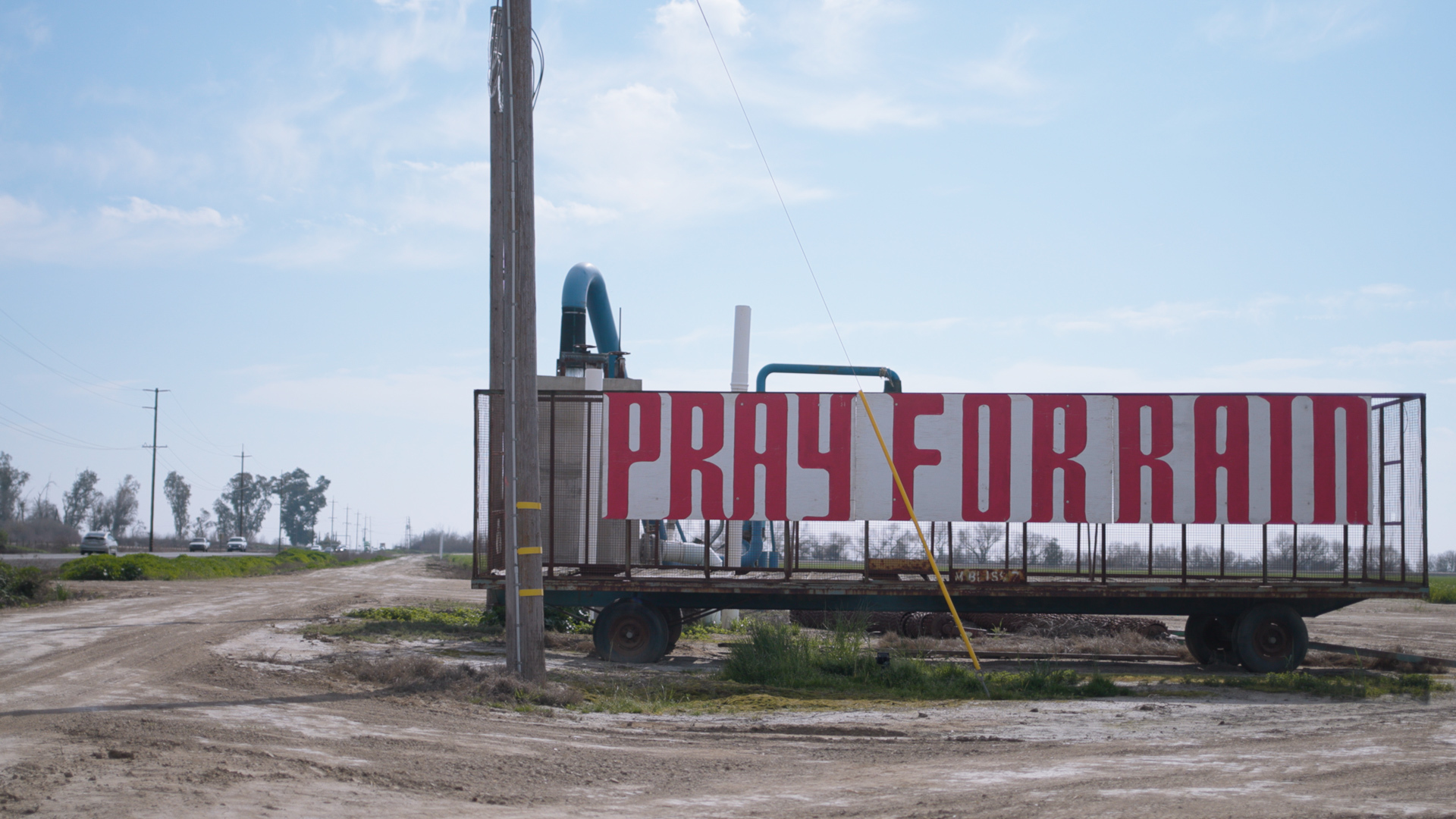
Wells Are Running Dry in Rural Communities of Color. Is a Fix in Sight?
For years, Michael Prado has provided bottled water to his neighbors in Sultana, a town of about 785 people in California’s Central Valley. That’s because most wells in town have been contaminated by runoff from agriculture, said Prado, who is president of the Sultana Community Services District. Only one well meets state standards for safe drinkingREAD MORE
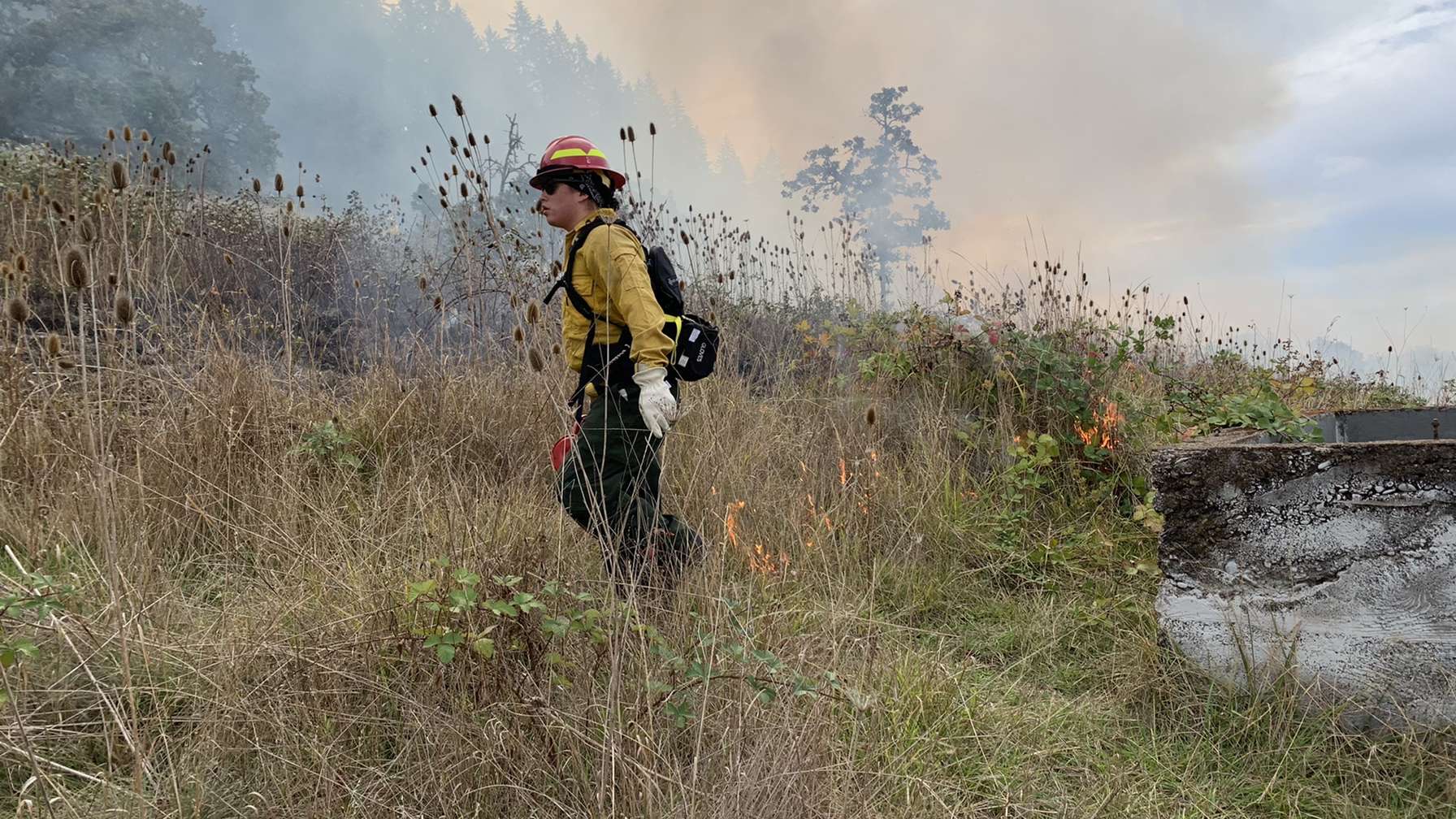
FireGeneration Wants Young People to Help Shape Wildfire Policies
Ryan Reed spent much of his childhood outdoors, absorbing the knowledge of his Karuk, Hupa and Yurok ancestors through activities like hunting and fishing in the forests of Northern California. As he grew older, he began participating in cultural burns, an ancient practice also known as prescribed or controlled burns that involves igniting and tending toREAD MORE
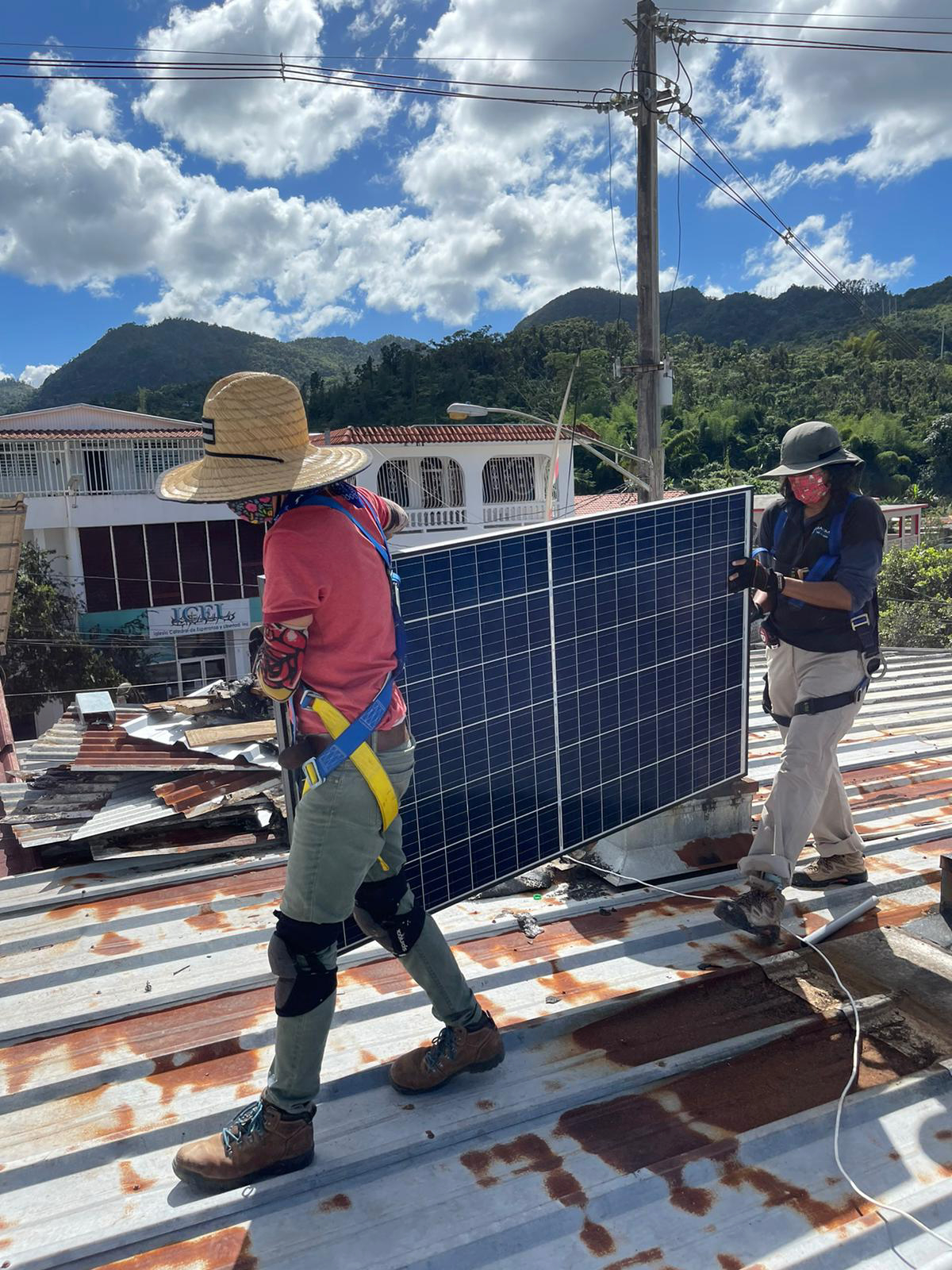
“We Each Have a Commitment to the Community”: Solar Resilience in a Puerto Rico Town
Leer en español. For two weeks after Hurricane Maria devastated Puerto Rico in 2017, Lucy’s Pizza was the only restaurant open in the central mountain town of Adjuntas. The town’s 18,000 residents, like those on the rest of the island, were entirely without electricity. “No one has power, you can’t get gas, it’s difficult to makeREAD MORE
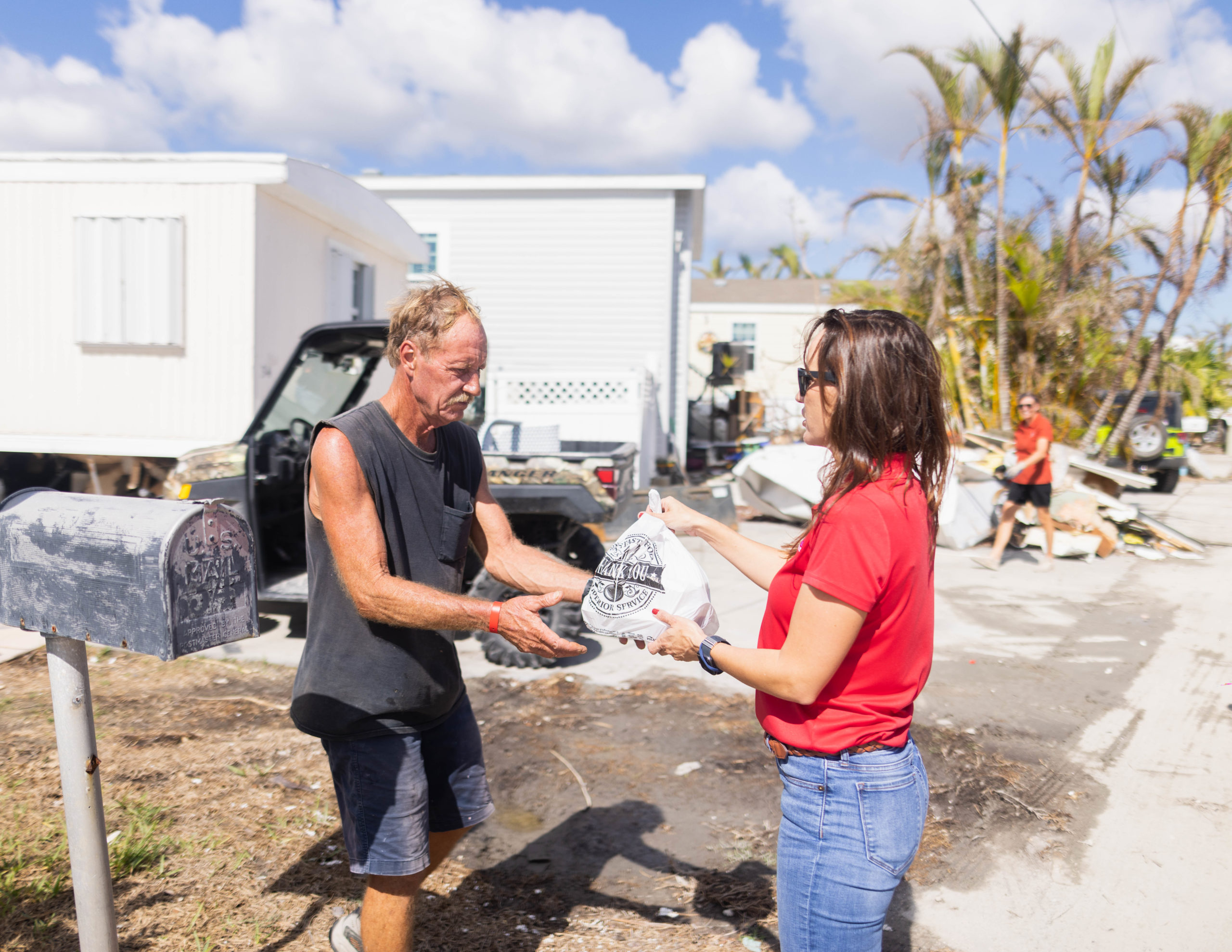
Meals on Wheels Is a Climate-Relief Model
When an unprecedented heat wave bore down on Portland, Oregon, in June 2021, Jonna Papaefthimiou, the city’s chief resilience officer, immediately thought of the city’s most vulnerable populations: older people sweltering, often alone, in their homes. She called Suzanne Washington, who runs the local chapter of Meals on Wheels. “That overlap of their demographic and theREAD MORE
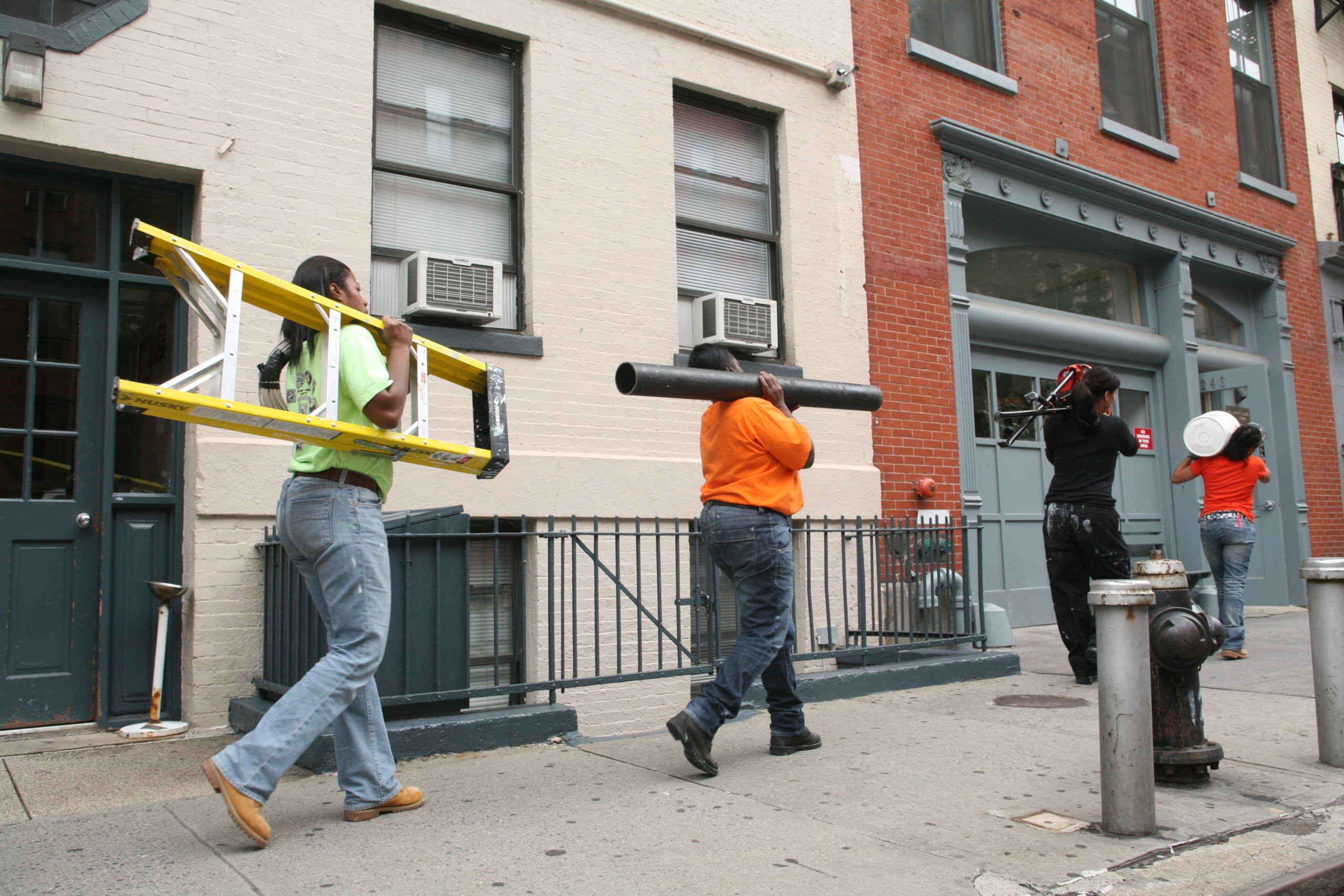
The US Needs More Electricians. One Solution? Recruit More Women.
As a child, Cora Saxton liked to make things: forts, whittled wood carvings, a flying saucer even, so when she became an electrician, at 49, it felt like a perfect fit. “I like the puzzle-solving and being able to look back at the end of the day and see the physical result of your hard work,”READ MORE
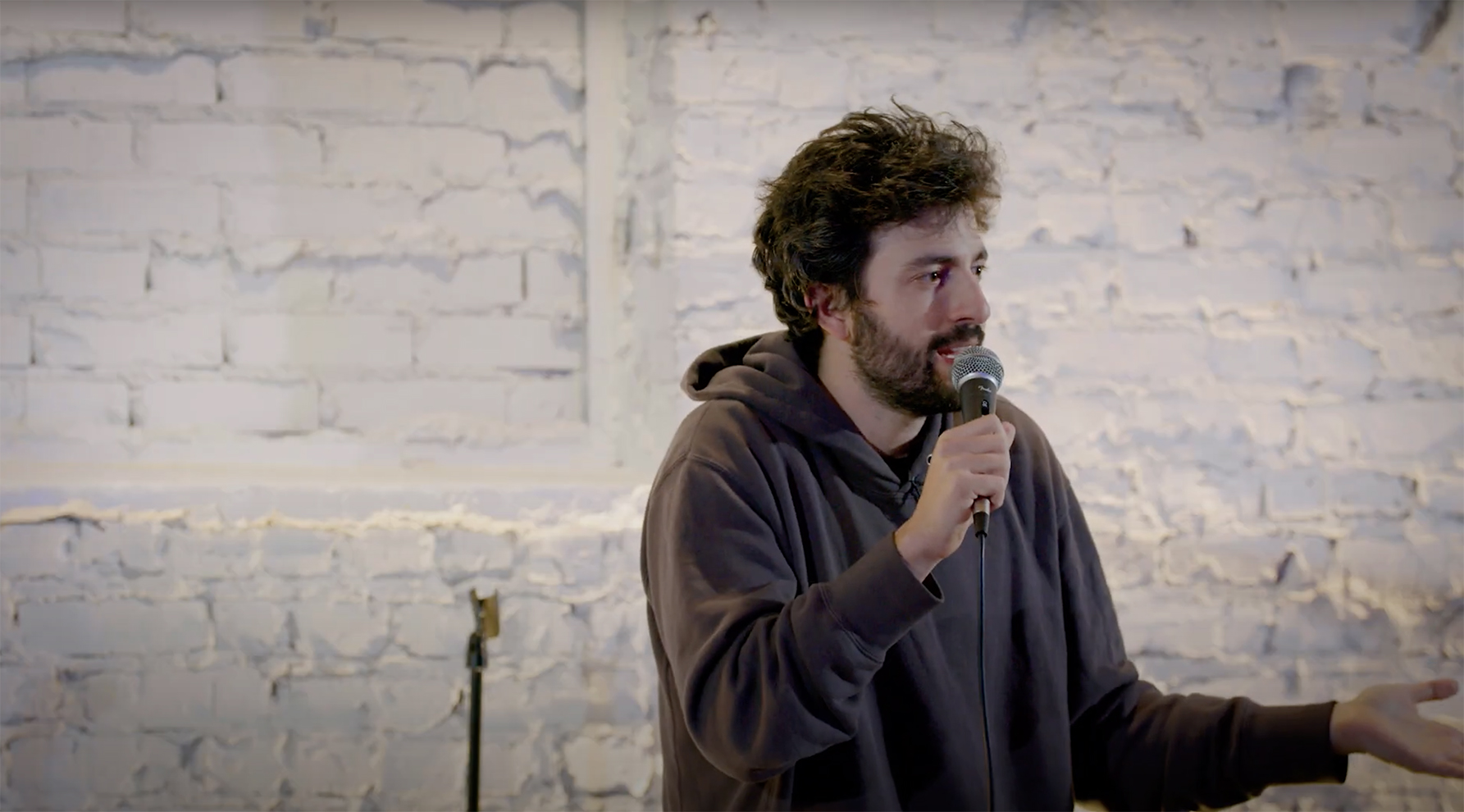
Can We Laugh at the Climate Crisis?
When David Perdue applied to be part of a climate comedy program, he felt a little out of his element: “I couldn’t recall one time I’d ever had a conversation with my friends about climate change,” said the Atlanta-based comic. Purdue, who is Black, added, “But I knew it was an issue that was going toREAD MORE
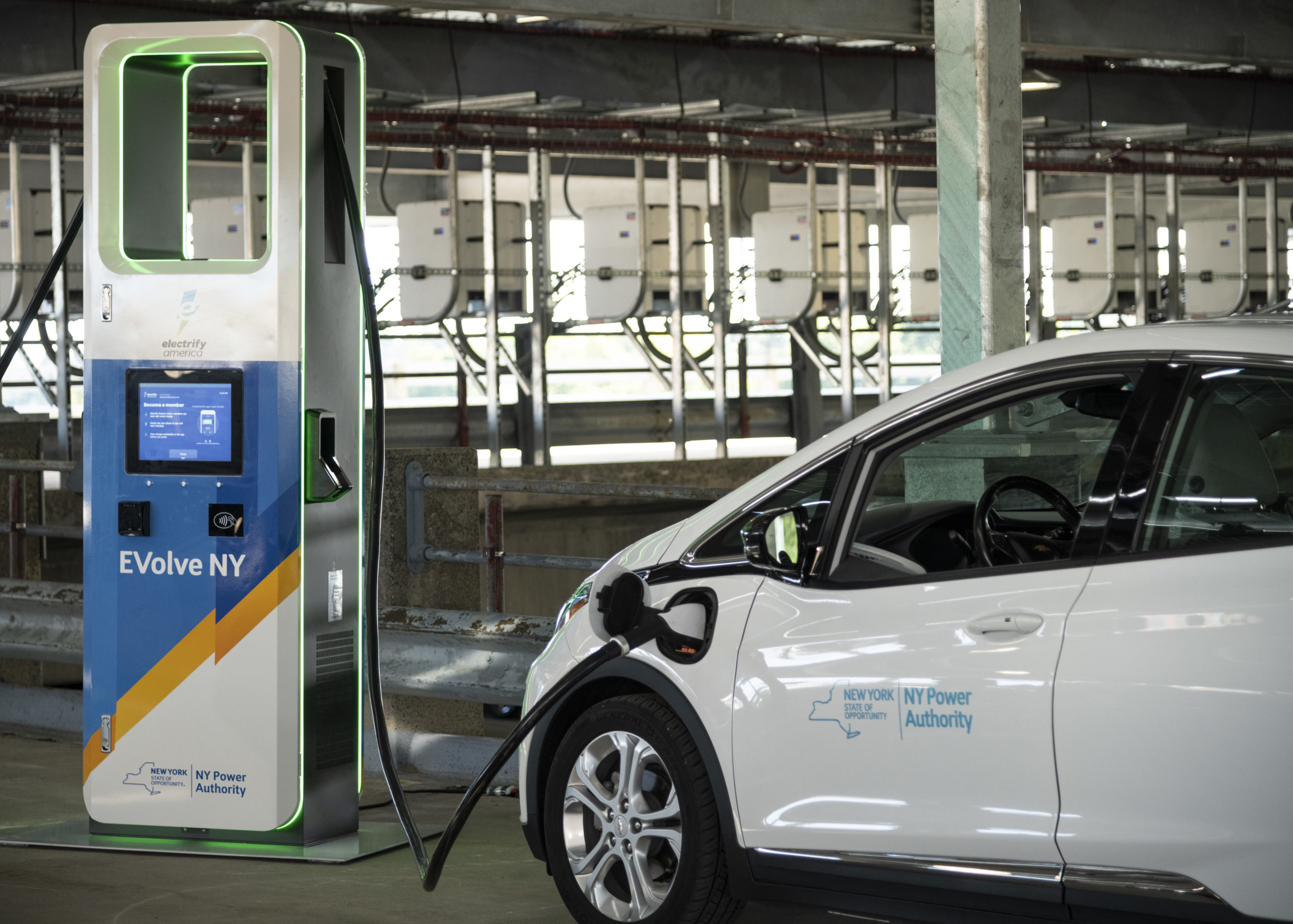
We’re Approaching Several ‘Positive’ Climate Tipping Points. Is It Enough?
When it comes to climate change, tipping points are typically a bad thing. They refer to a threshold at which irreversible, self-perpetuating and catastrophic environmental changes – often referred to as feedback loops – will ensue. For example, in the Amazon, deforestation threatens to set off a chain of processes in which the rainforest emits moreREAD MORE
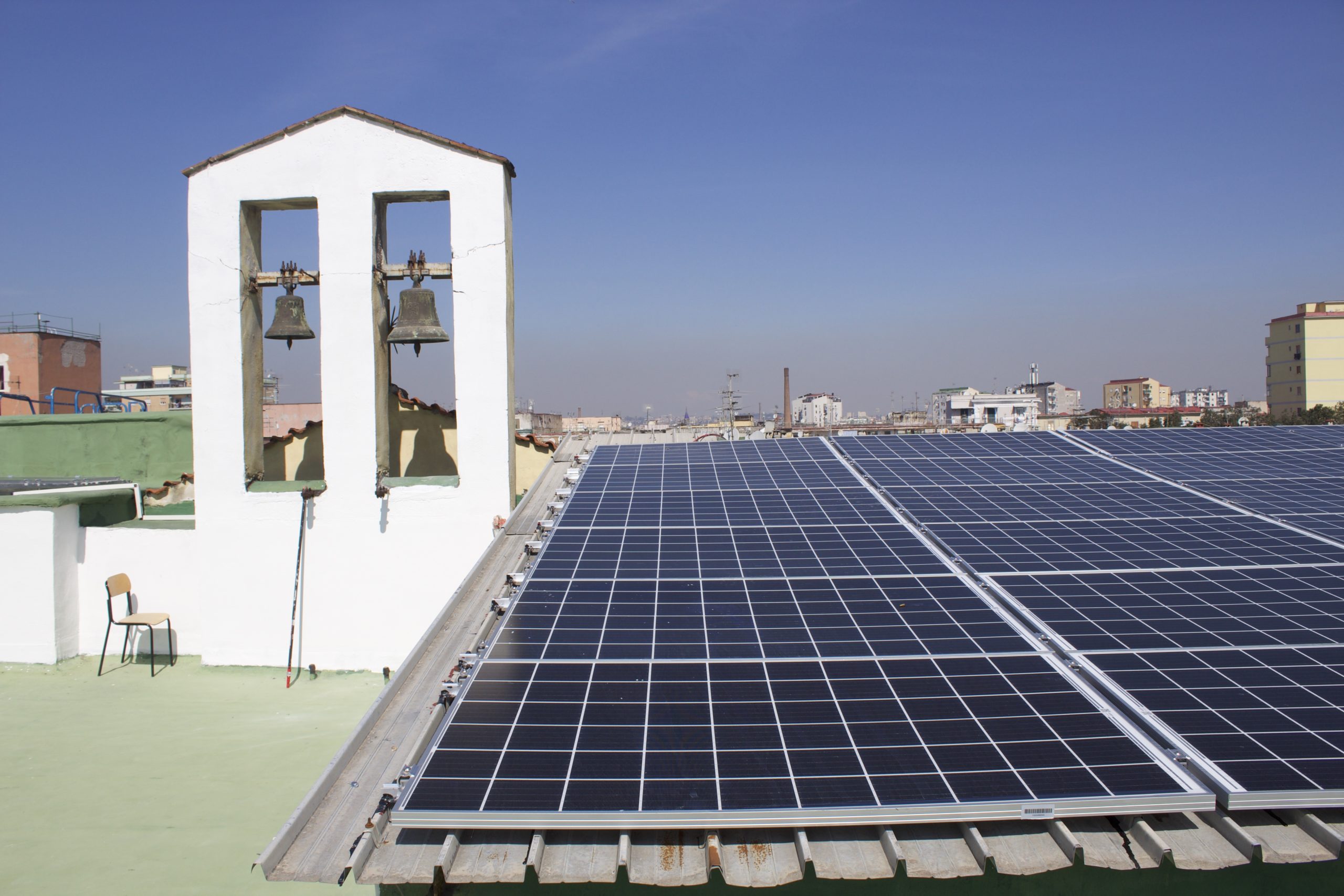
Italy Is Fighting Energy Poverty — and Climate Change
San Giovanni a Teduccio is a working-class neighborhood on the outskirts of Naples, Italy. Once an industrial center, today it’s home to abandoned factories that sit in ruins by the sea. But the rooftop of a former orphanage points to new beginnings for the community. There, the sun shines onto the deep blue surface of 166READ MORE

Can We Game Our Way Out of the Climate Crisis?
Europe is planting trees to offset its emissions but is swiftly hit with massive wildfires. The United States is investing in mining operations abroad to wean off its dependence on fossil fuels but harbors concerns about trading with an abusive government. Meanwhile, a coalition of countries from the Global South must decide whether to accept constructionREAD MORE
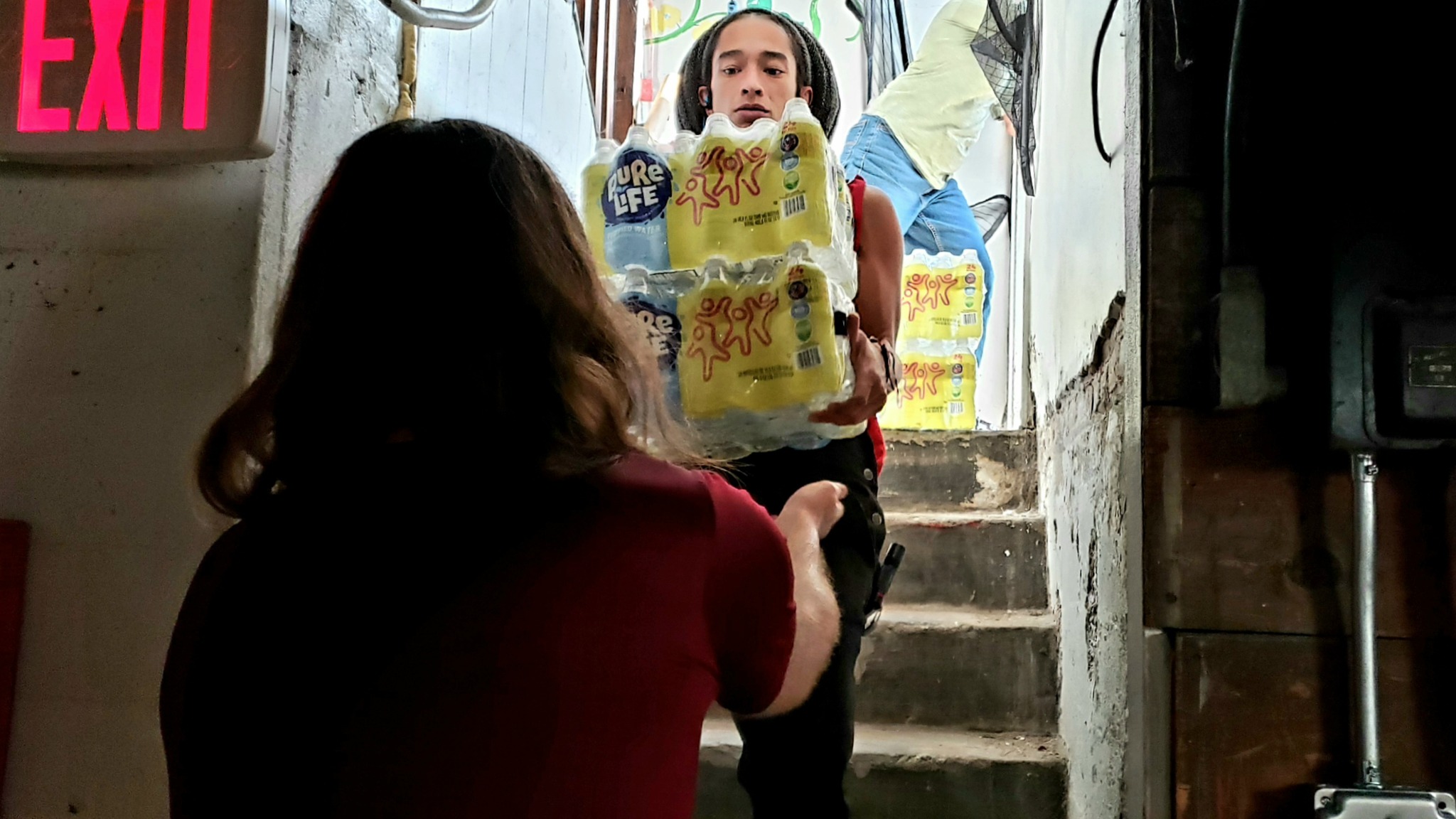
‘We’re Basically Condemning Them to Unhealthy Pregnancies.’
When Jamika Jones was pregnant with her son earlier this year, her mother worried about her drinking water from the tap. Jones lives in Milwaukee, Wisconsin, where more than a third of the water service lines contain lead; when those pipes corrode, they can release the neurotoxin into the water flowing through them. Lead exposure hasREAD MORE

Doulas Are Frontline Climate Workers
As Hurricane Ian approached southern Florida in late September, Tifanny Burks got a call from a recent client. A single mother of three, including an infant Burks had helped deliver, was facing eviction and scrambling to find a place to weather the storm. Burks, who uses they/her pronouns, connected their client with lawyers who could helpREAD MORE
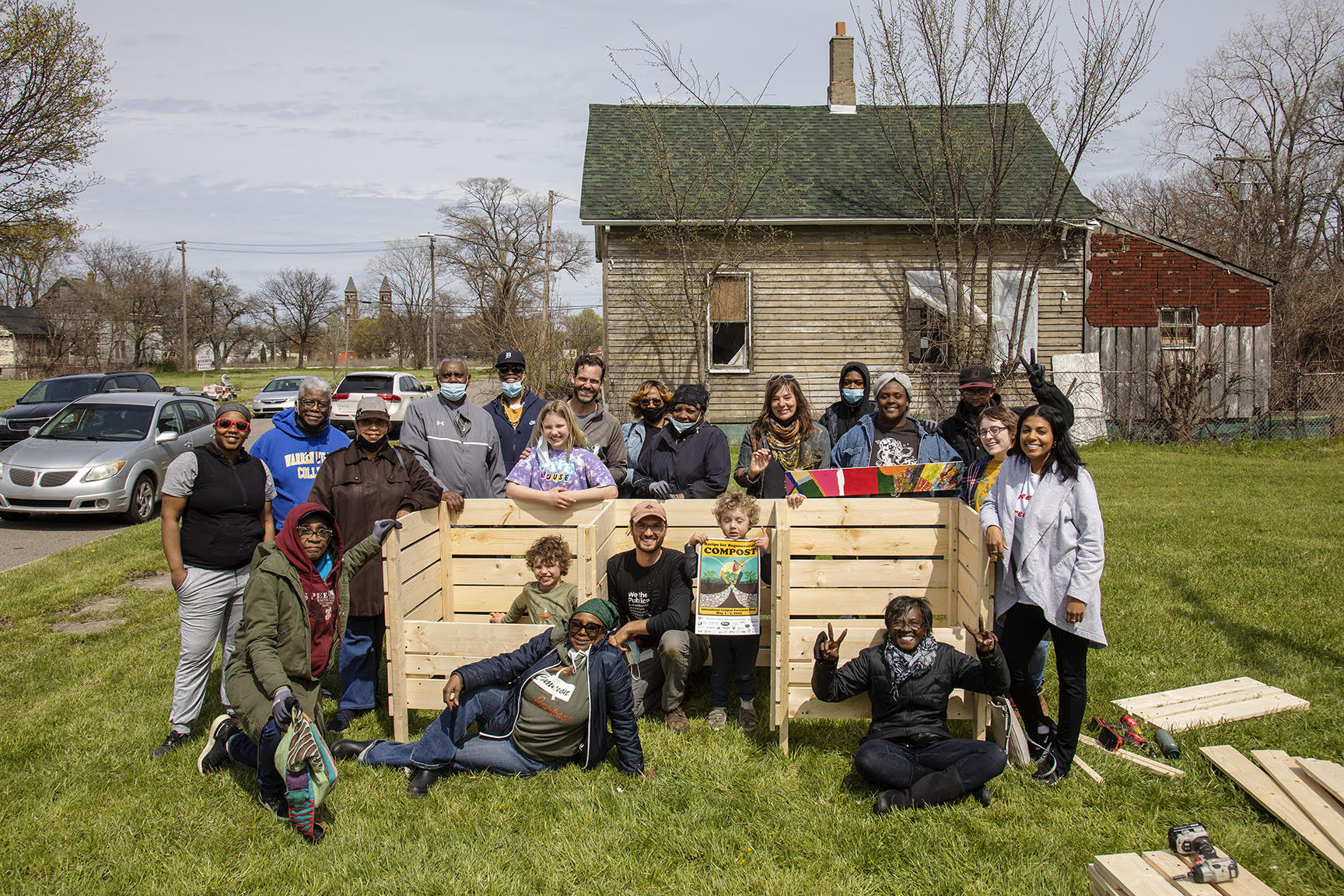
Composting in Detroit Gets a Boost From the Philippines
On a recent Saturday morning, Pamela McGhee and several neighbors were busy at work in a community garden on Detroit’s East Side, weighing food scraps and assessing compost piles for compliance. Items in the compost are assessed according to a “yuck” and “yay” system. “Yuck” items, like animal bones and meat, which do not compost well,READ MORE
Young Farmers Can Help the US Meet Its Climate Goals. Is Washington Listening?
At Sanctuary Farms on Detroit’s East Side, Jøn Kent and a team of volunteers use cardboard and paper bags to starve invasive weedy plants instead of herbicides; they plant marigolds and lavender amid squash, melons, and collards instead of pesticides; and turn food scraps into lush, clean compost. He and his business partner, Parker Jean, wantedREAD MORE
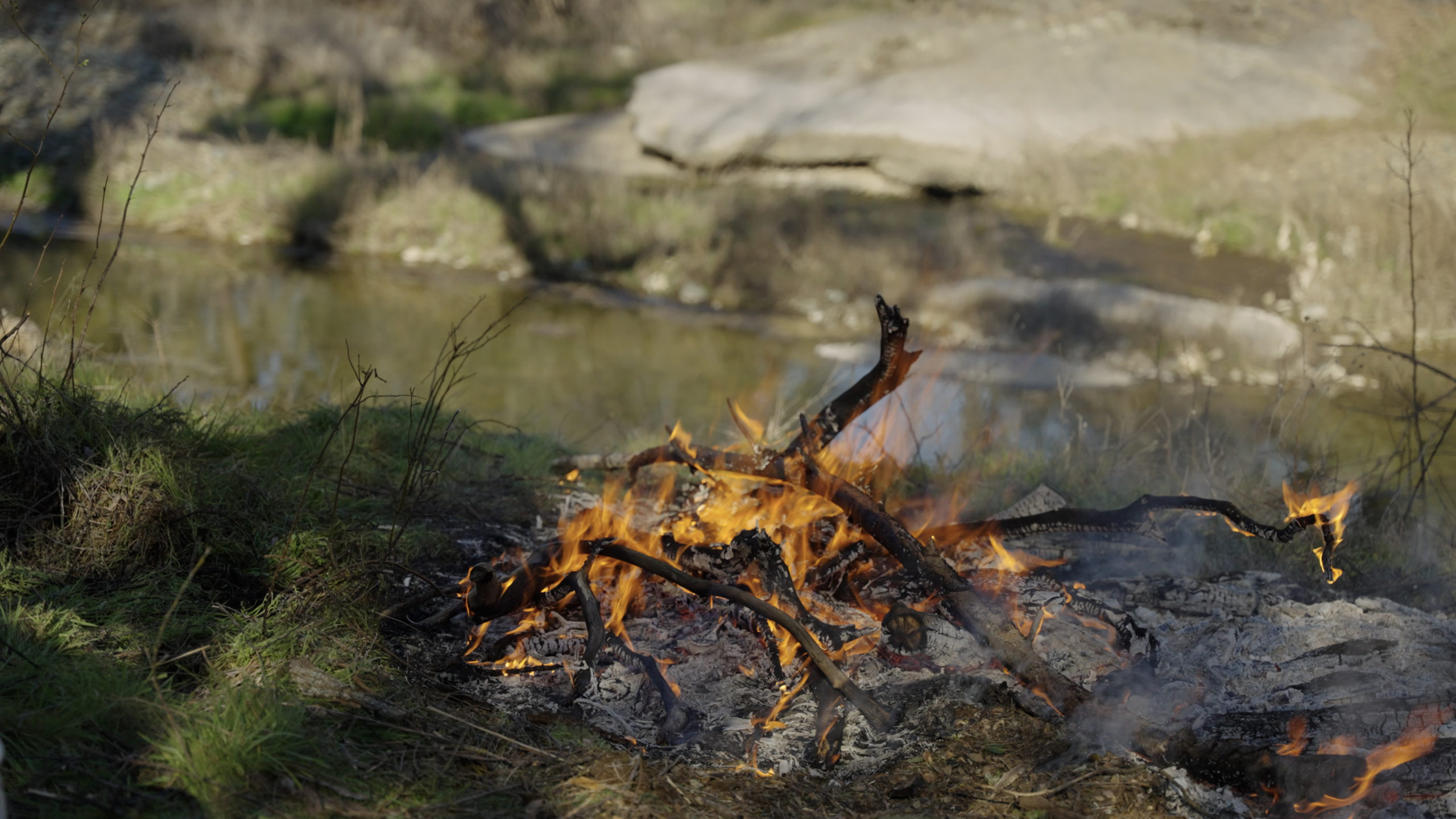
Can Indigenous Cultural Burning Fix America’s Wildfire Crisis?
Before fire suppression policies were put in place at the turn of the 19th century, Indigenous communities across California relied upon regular brush clearings to access culturally important plants. Where dead twigs, branches and leaves burned, ferns and tobacco plants re-emerged with healthy root systems, free from overgrowth that could sap their access to rainwater. TheseREAD MORE
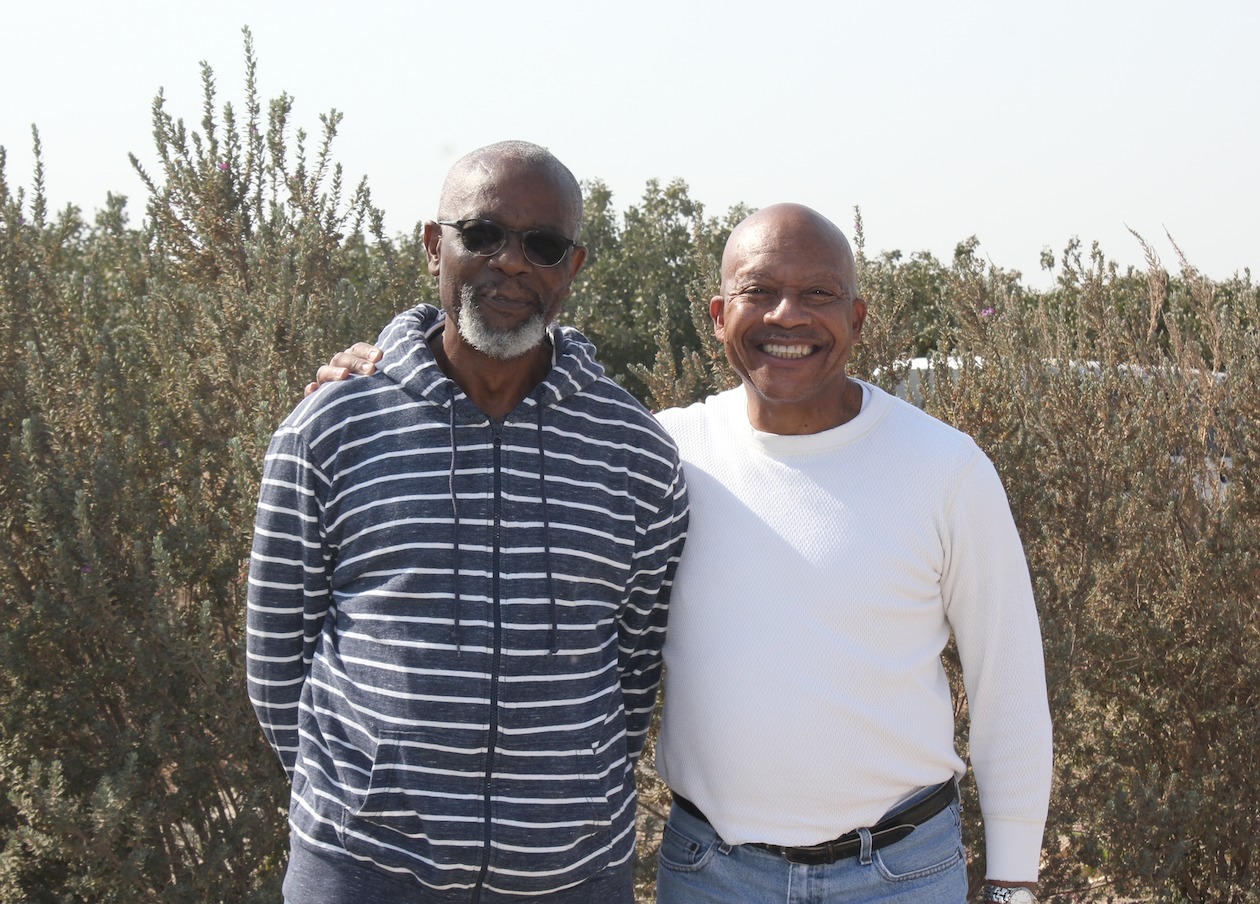
How a Methodist Preacher Became a Champion for Black-Led Sustainable Agriculture
In 1979, an idealistic 44-year-old Black woman named Nettie Mae Morrison moved with her husband to Allensworth, 75 miles south of Fresno, in California’s Central Valley. “She wanted to be a part of history,” said her son, Dennis Hutson, who was in his mid-20s at the time. The town had a distinctive past. It was foundedREAD MORE
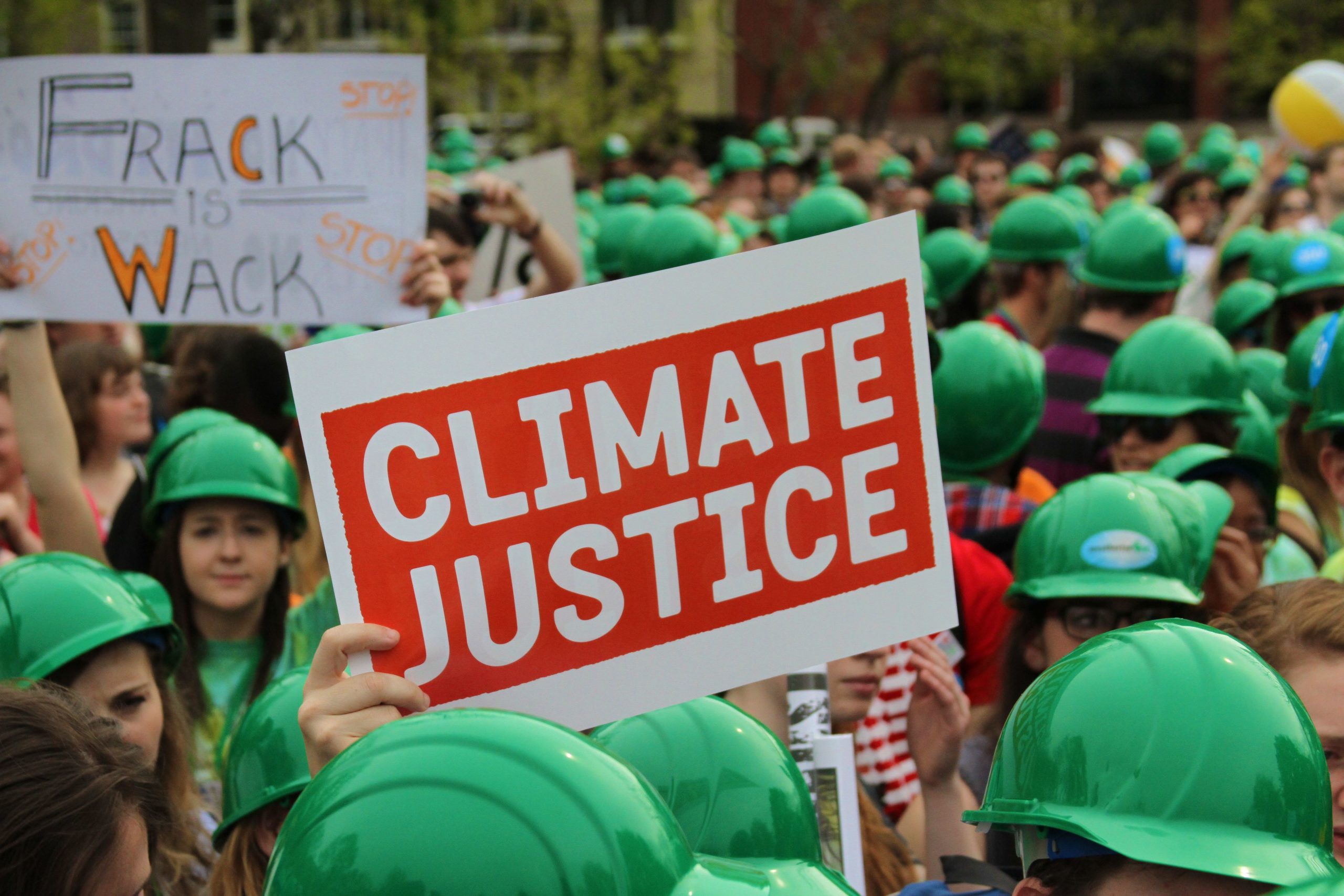
Can a ‘Green Amendment’ Deliver Environmental Justice?
According to locals, two different types of odors emanate from the 366-acre High Acres Landfill, which sits just outside Rochester, New York. “There’s the gas odors, and then there’s the garbage odors coming from when they open the landfill and are actually dumping, or the trains unloading from New York City,” Gary McNeil told City, aREAD MORE
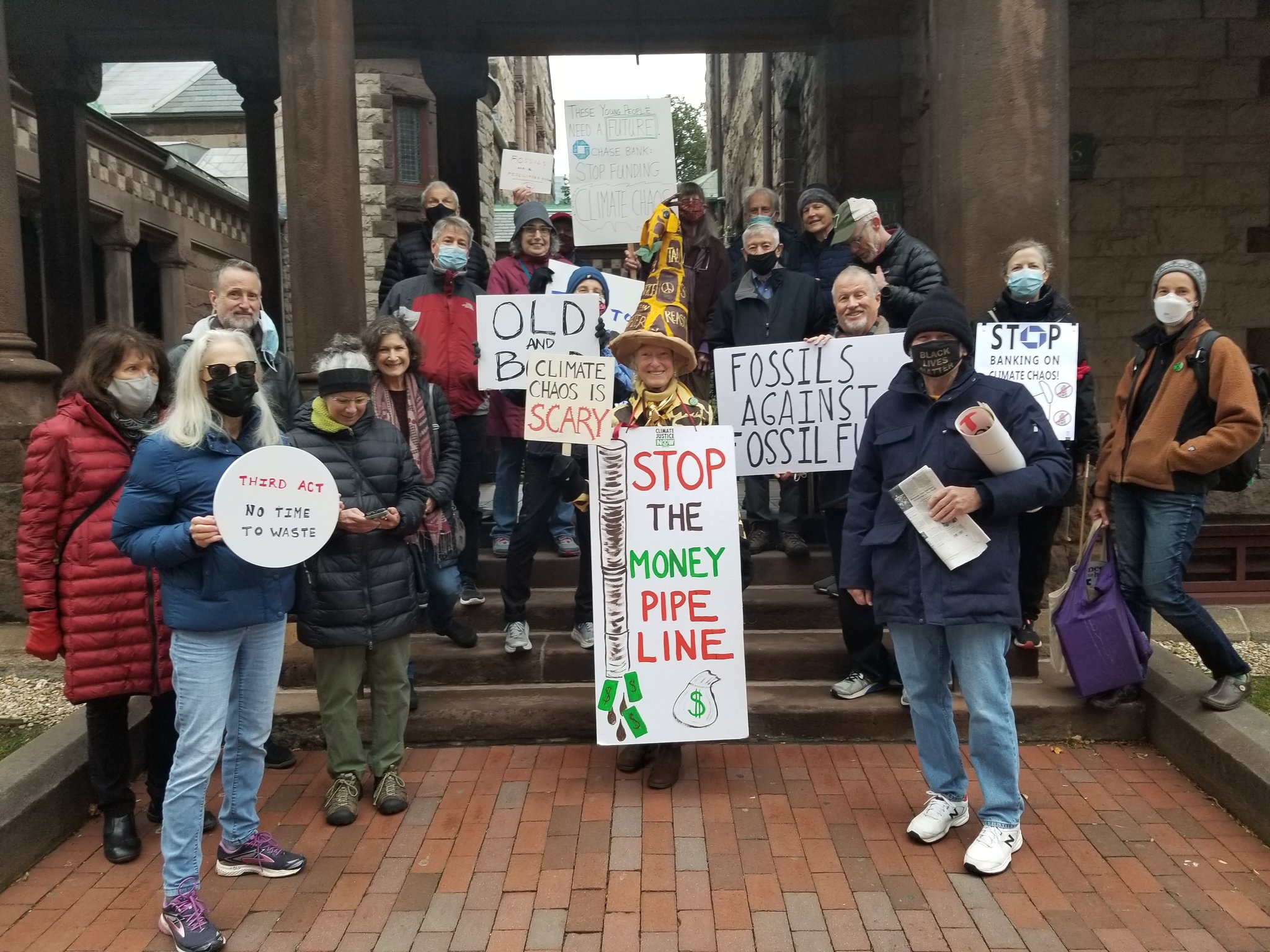
“We Want to Make Sure That We Leave the World Better Than It Is Now.”
In February 2020, professor Sheldon Pollock, 74, was recently widowed, approaching retirement from his tenured position at Columbia University and thinking about what would come next for him. His granddaughter Elea, a high-schooler in San Diego at the time, was helping to organize a school walkout as part of the climate movement Fridays for the Future.READ MORE
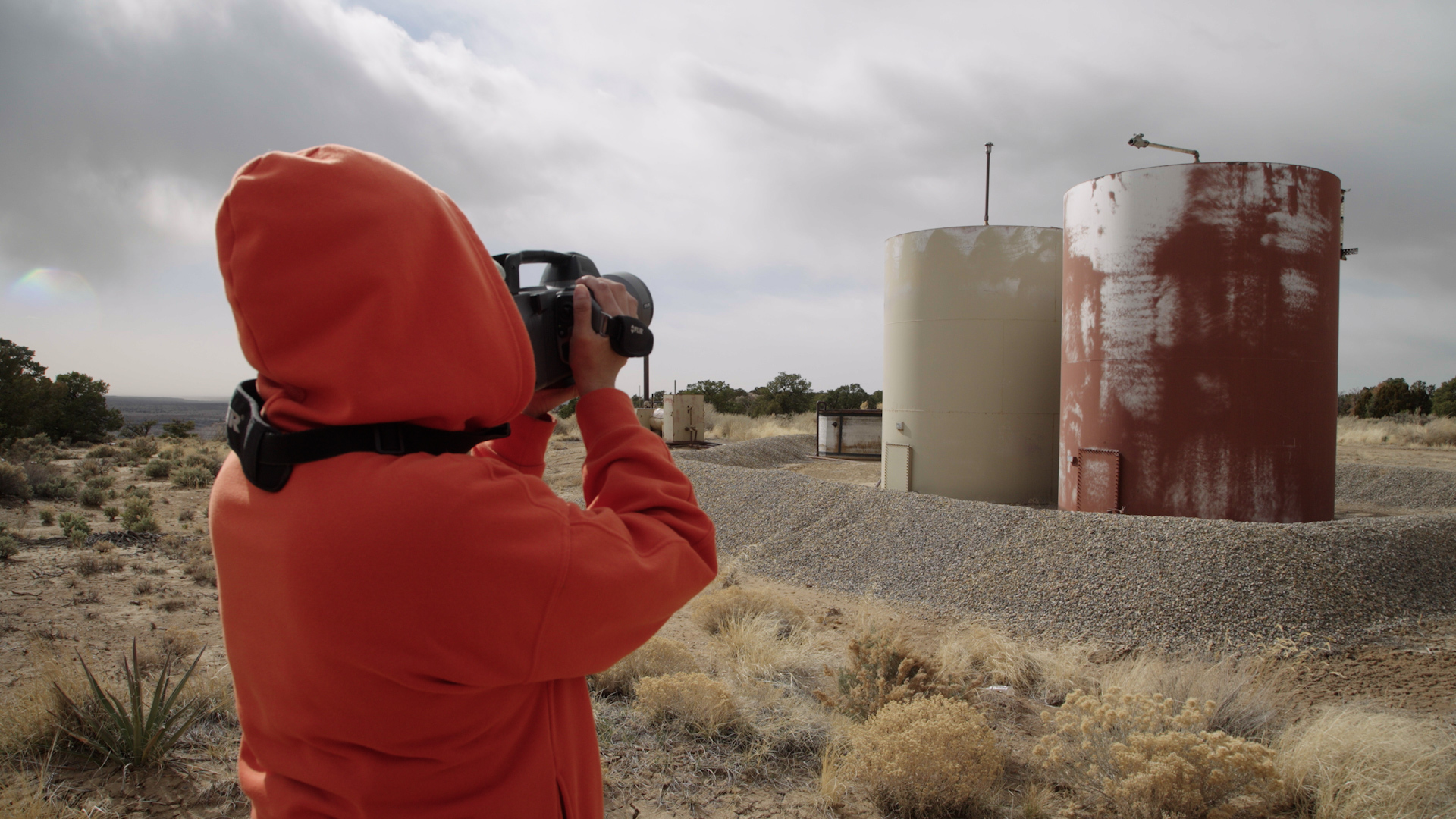
Methane Is Leaking Over Native Grounds. Citizen Scientists Are Fighting Back.
From behind her FLIR GF320 infrared camera, Kendra Pinto sees plumes of purple smoke otherwise invisible to the naked eye. They’re full of methane and volatile organic compounds (VOCs), and they’re wafting out of an oil tank in New Mexico’s San Juan Basin. Pinto, a member of the Diné (Navajo) community and field advocate with environmentalREAD MORE
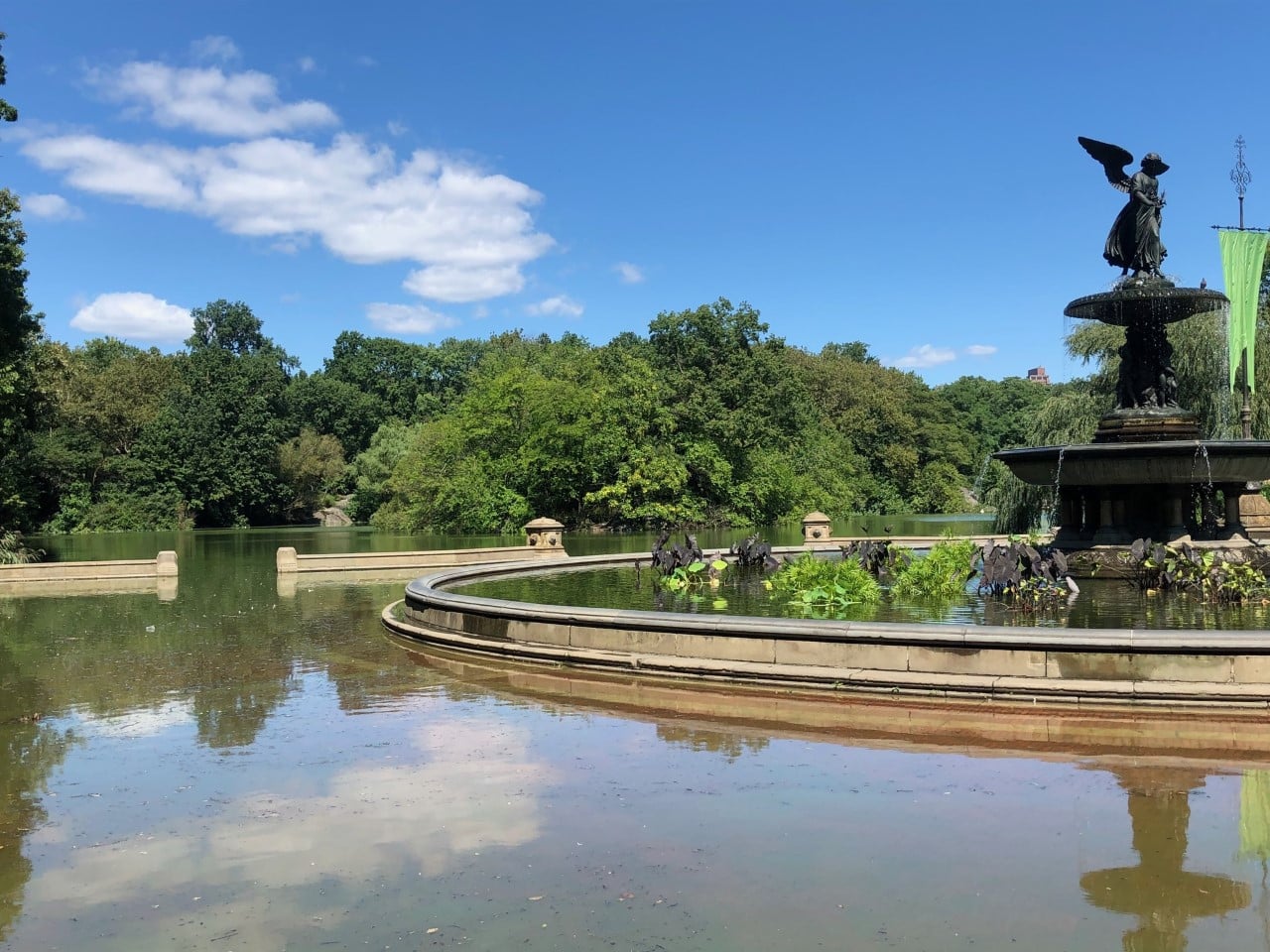
Central Park’s Climate Lab Is a Window Into the Future of Urban Green Spaces
When Hurricane Ida dumped more than 3 inches of rain on Central Park in a single hour, the National Oceanic and Atmospheric Administration (NOAA) called it a “1-in-500 year rainfall event.” The downpour broke the park’s previous rainfall record, set just 11 days earlier. It damaged scores of trees, flooded the Loeb Boathouse, transformed the areaREAD MORE
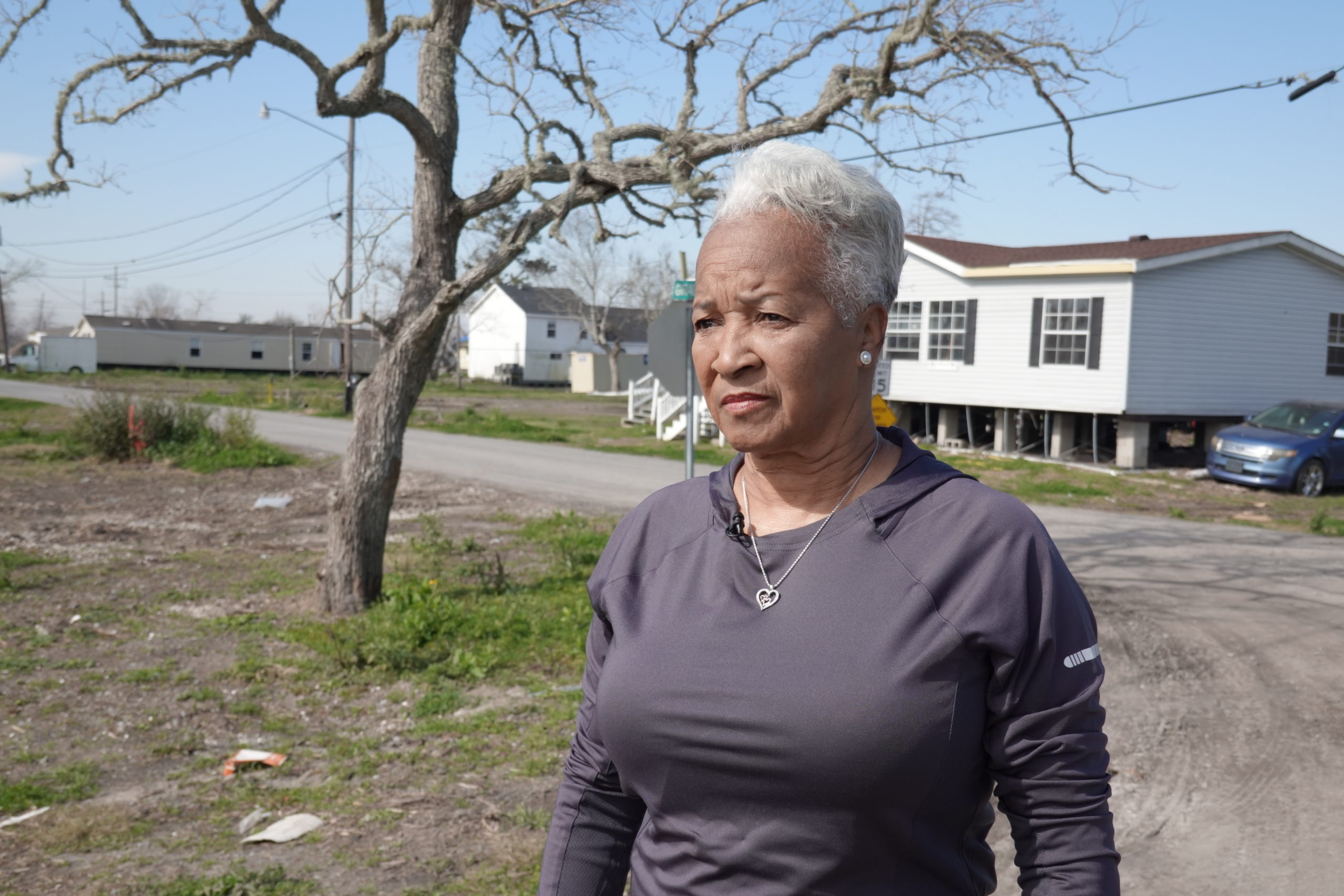
Six Months After Hurricane Ida, a Historic Black Community Races To Save Its Future
Audrey Trufant Salvant has deep roots in Ironton, a close-knit, majority-Black community 25 miles downriver from New Orleans. Her great-great-great grandmother, who had been enslaved, is buried here, and her descendents kept the unincorporated town in Plaquemines Parish alive, despite near-impossible circumstances. Founded by formerly enslaved people in the late 1800s, Ironton’s residents have since enduredREAD MORE
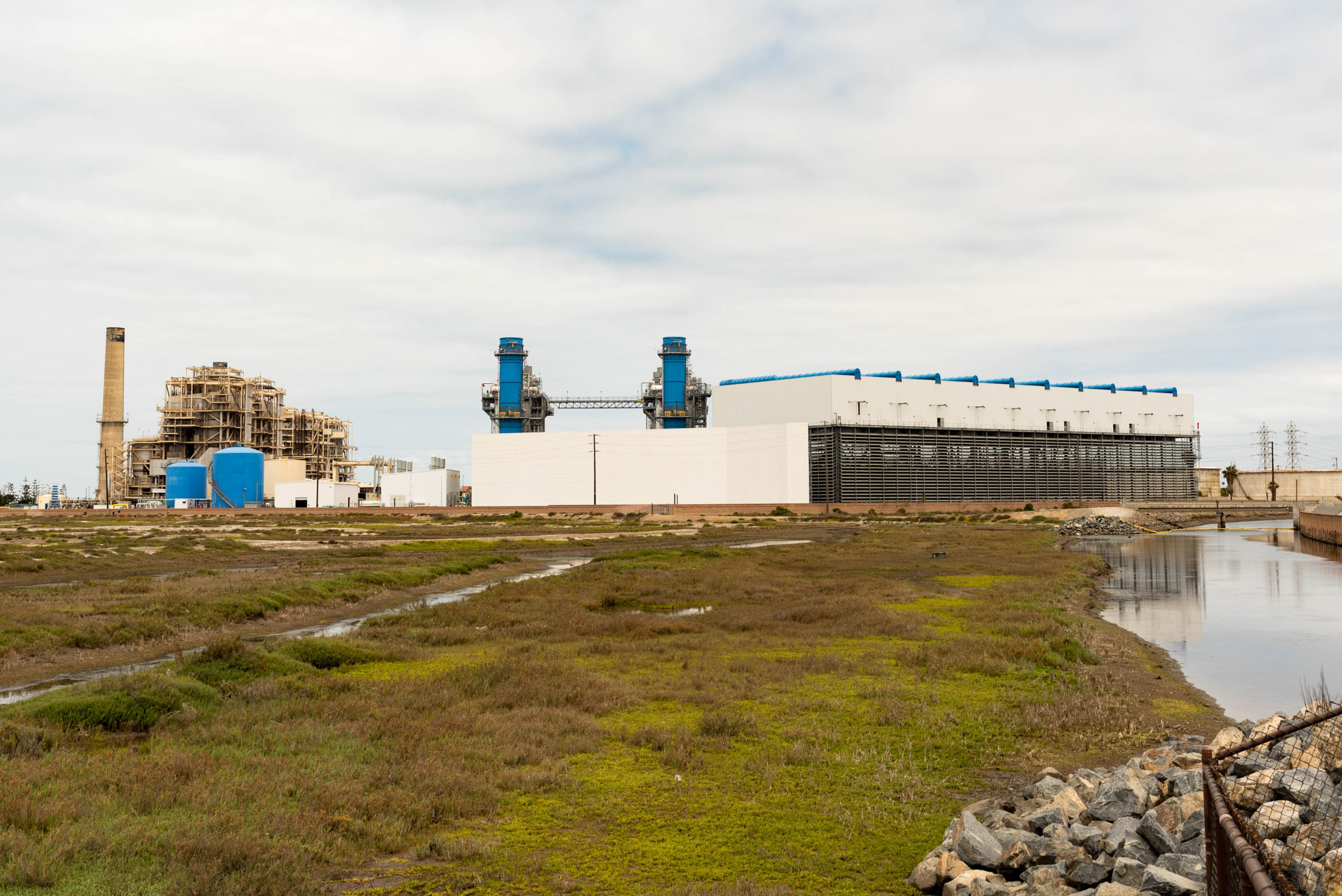
Does Orange County, California Actually Need That $350 Million Desalination Plant?
Once again, California is in a drought. Much of Northern California and the Central Valley are experiencing “acute water supply shortfalls,” and the Sierra Nevada snowpack, a critical water source for Californians up and down the state during the dry season, is all but gone already—just 6 percent of normal for this time of year. California’sREAD MORE

A Tale of Two Climate Migrants
This story is part of Covering Climate Now, a global journalism collaboration strengthening coverage of the climate story. Climate change is fueling longer dry spells, bigger floods and more violent storms across the globe, but the effect is most pronounced in the tropics, where even a small rise in temperature can turn a heat wave from miserableREAD MORE
